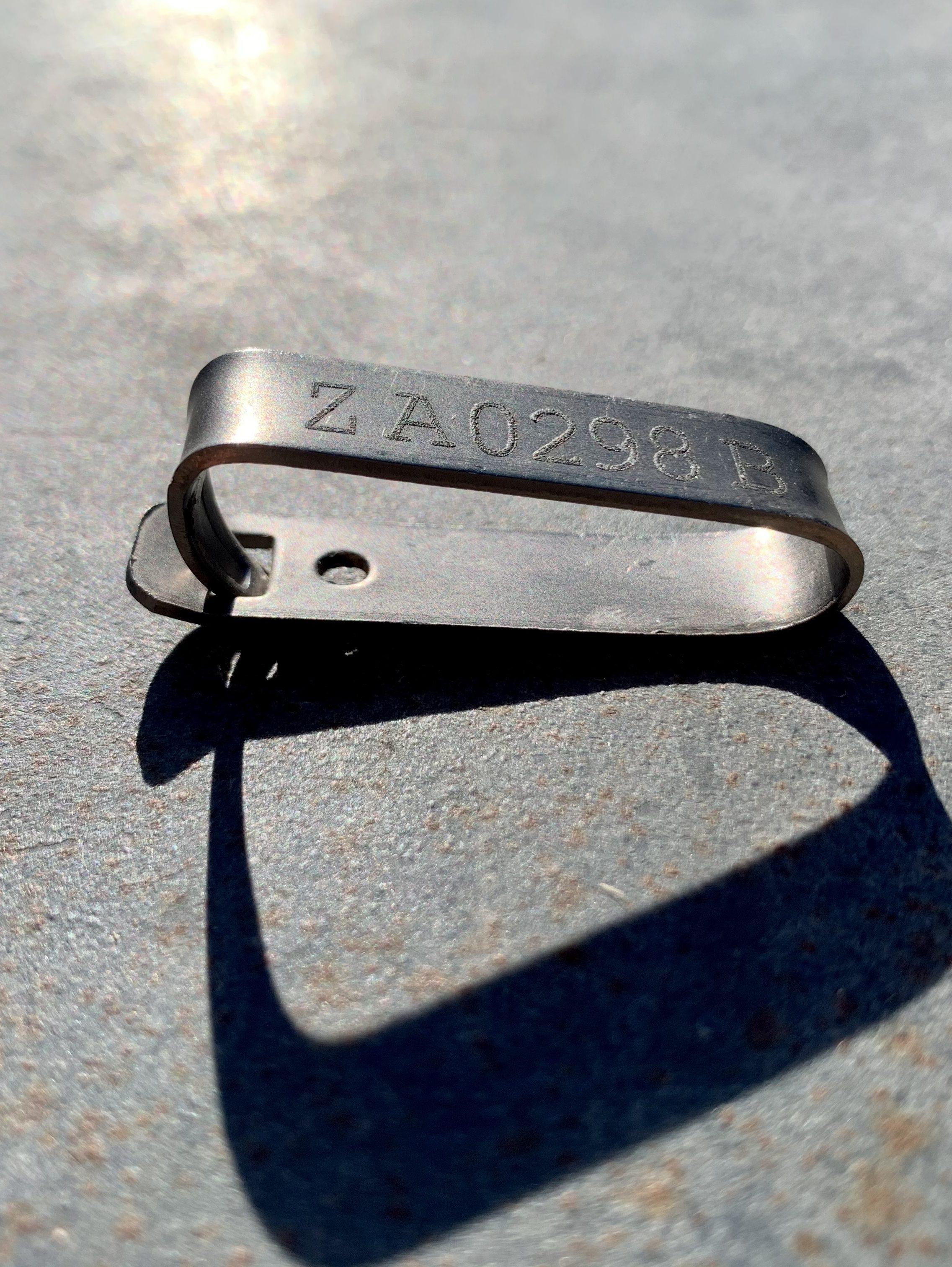Cover photo credit: Wikimedia Comons (CC BY 2.0)
The festive season is here, and the celebrations are well underway – and where there are celebrations, there are usually gifts, balloons, and decorations to bring it all together. It is important to remember that while you’re having fun and letting loose, the items and materials we use can be extremely damaging to our ocean and marine life.
Firstly, let’s look at balloons:
While balloons signal festive cheer to us, humans, they spell death and destruction to marine life. Every year plastic leads to the death of at least 100 000 sea animals, including sea turtles, and over a million seabirds. Very often when balloons are left floating about or let loose into the sky, the bits of balloon end up on the ground or in the ocean and are often mistaken as food by marine animals.
Sources: 1) Helium balloons can travel up to 800km if released. 2) Balloons marked as degradable or natural still cause harm. 3) For some seabird species, as many as 1 in 50 are killed by ingesting balloons. 4) 5% of dead sea turtles have been found to have eaten balloons.
The easiest way to combat this is to consider balloon-free celebrations. There are many alternatives that are just as cool for your parties! For starters – why not make use of reusable bunting instead? You may even want to save cash and make your own. If making your own decorations does not sound appealing, you might want to consider setting up an activity station at your party and letting folks make their own decorations.
Another dangerous item used during this time of year is gift wrap. Let’s see why:
The sparkly bright colours and shiny smooth finishes of wrapping paper may be pleasing to look at, but the amount of this paper that ends up in landfills is scary. Not only is wrapping paper not being recycled, but the glossy finishes on the paper are made from non-recyclable plastic coatings. The glitter-encrusted paper is also particularly bad for our oceans as the tiny bits of microplastic tend to find their way into our water systems and oceans and are eventually eaten by small sea creatures. The reality is that even what is said to be the most “biodegradable” glitters don’t degrade in the oceans. The ribbons and long strips of tape and strings used also end up entangling animals.
Good options for alternatives to wrapping paper are brown paper, reused paper bags from retail or grocery stores, reused boxes that you’ve received, and perhaps even newspaper, magazine cut-outs or fabric off-cuts. Let’s get creative!
Something that is also frequently used at parties and celebrations, and is more dangerous than many people may think, is cling wrap. Here’s why:
Firstly, cling wrap is almost never recycled! Can you imagine how many reams of cling film are produced every year? Globally, there are about three million tons of cling wrap used annually.
Cling wrap is almost always used to preserve food, which is budget-friendly and reduces food waste. However, we shouldn’t do so at the expense of our environment. By using single-use plastic to make our food last longer, we are putting our oceans and marine life at risk.
Credit: (CC BY-SA 3.0)
Instead of plastic cling wrap, consider alternative options. For example, if your food comes in plastic packaging, why not reseal the bag with a twist and a peg instead of using a new container? Another alternative is beeswax wraps, which are available at health shops and are also easy to make at home.
As humans, we have a huge responsibility and role to play when it comes to protecting our ocean and its wildlife. This responsibility should last forever, and we should be mindful of it in everything we do – even when we celebrate. In preparation for Bob’s return to the ocean, we need to do our part to make sure that the issues that resulted in his rehab, don’t reoccur.
The Flipper Effect: Protect Bob's Home

While Bob is being readied for release after eight years of difficult rehabilitation, we realise we won't be able to protect him anymore. The reality is simple: The ocean is not safe for turtles. Together we can change that. Bob will be facing many of the same human-caused threats that resulted in his stranding in the first place, and which are the cause of harm to the overwhelming majority of distressed sea turtles
In order to create an ocean that is safe for Bob and all other creatures that call it home, we must continuously take small actions towards protecting it - these small actions compound into big change. This is #TheFlipperEffect!
If you're looking for a good place to kick your journey off, consider taking the 28-Day Challenge with Ocean Pledge and the Two Oceans Aquarium to do more to protect Bob's home!



